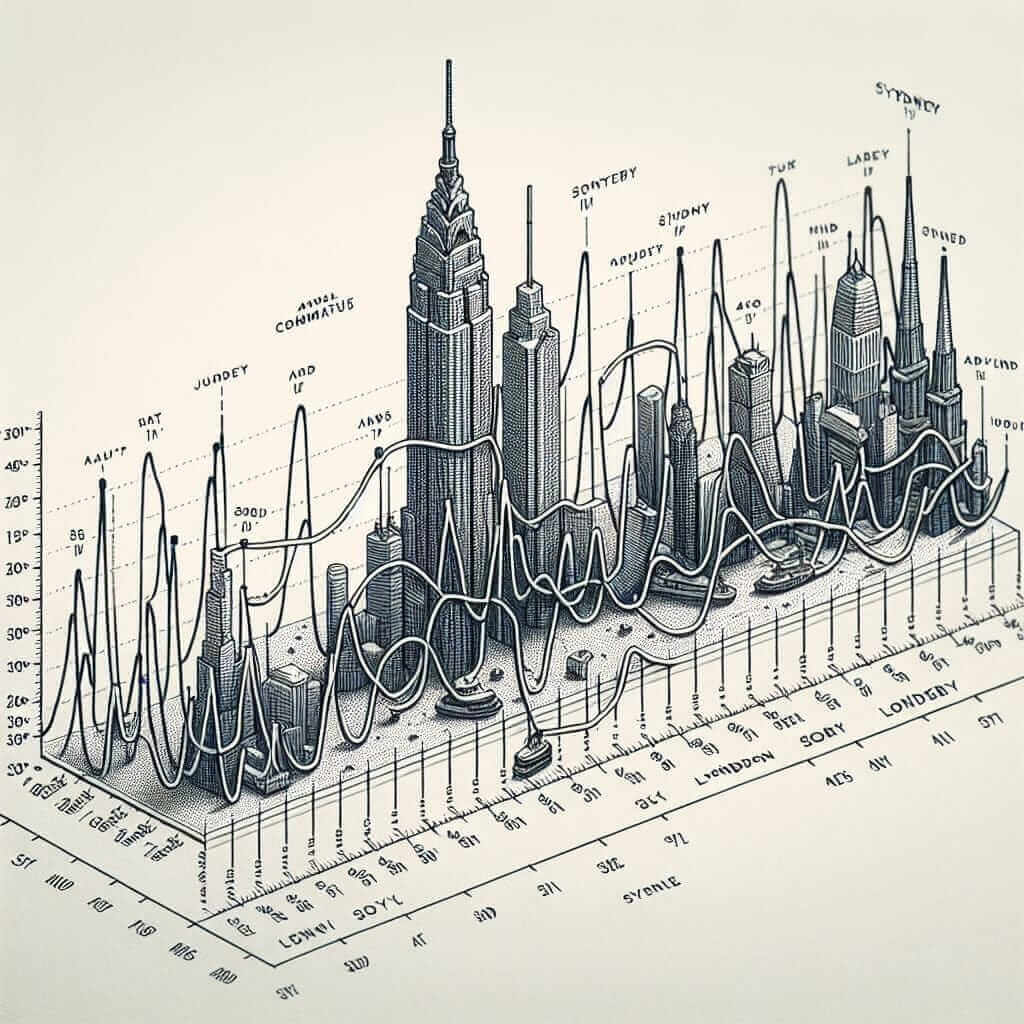As an IELTS instructor with over two decades of experience, I’ve witnessed countless students grapple with the nuances of the IELTS Writing Task 1. A common challenge is effectively selecting and comparing information presented in graphs, charts, or diagrams. Let’s delve into how to conquer this crucial aspect of the test and boost your band score.
Understanding the Importance of Selection and Comparison
In IELTS Writing Task 1, you’re expected to provide a clear, concise, and accurate overview of the given visual data. Simply listing every detail is a recipe for disaster! The key lies in:
- Selecting: Identifying the most significant trends, patterns, and outliers within the data.
- Comparing: Highlighting the key similarities, differences, and relationships between data points.
By doing so, you demonstrate your ability to process information critically and communicate it effectively.
A Step-by-Step Guide to Effective Selection and Comparison
-
Analyze the Visual: Before you put pen to paper (or fingers to keyboard), take a moment to thoroughly understand the visual data. What is the main topic? What are the units of measurement? What time period is covered?
-
Identify Key Trends: Look for overall patterns, significant increases or decreases, and any notable fluctuations in the data. For instance, if a line graph shows a steady upward trend in internet usage over time, that’s a key trend to highlight.
-
Group and Compare: Organize similar data points into categories for comparison. For example, in a bar chart comparing sales figures for different products, you might group similar product types together.
-
Use Comparative Language: Employ a range of vocabulary and grammatical structures to express comparison. Some useful phrases include:
- “significantly higher/lower than”
- “in contrast to”
- “while… , … “
- “whereas…”
- “similarly”
- “likewise”
-
Prioritize Information: Don’t feel obligated to include every single detail. Focus on the most striking and relevant information to present a clear and concise overview.
Illustrative Example from an IELTS Exam
Let’s consider a sample IELTS Task 1 question featuring a line graph:
The line graph below shows the average monthly temperatures in London and Sydney over a year.
(Imagine a typical line graph depicting temperature fluctuations in both cities)
<
Summarize the information by selecting and reporting the main features and making comparisons where relevant.
A Possible Approach:
- Selection: Focus on the highest and lowest temperatures in each city, the overall temperature range, and any notable periods of similarity or difference.
- Comparison: Highlight how the temperatures in London and Sydney differ throughout the year, noting which city experiences warmer summers, colder winters, and so on.
Example Extract:
“The graph illustrates the contrasting average monthly temperatures experienced in London and Sydney. London’s climate is characterized by greater temperature fluctuations throughout the year, ranging from a chilly 5°C in January to a moderate 20°C in July. In contrast, Sydney enjoys a milder climate with less dramatic temperature variations, reaching a peak of 25°C in January and dipping to a comfortable 15°C in July. Notably, Sydney’s winters are considerably milder than London’s, while its summers, though warm, are not as hot as those experienced in the UK capital.”
Top Tips for Success:
- Practice Makes Perfect: Familiarize yourself with different types of visuals (line graphs, bar charts, pie charts, etc.) and practice analyzing and comparing data.
- Vocabulary is Key: Expand your range of vocabulary related to trends, changes, and comparisons to enhance your writing.
- Structure Matters: Organize your response logically, using paragraphs to separate different points of comparison or trends.
- Proofread Carefully: Allocate time to review your work for any errors in grammar, spelling, or punctuation.
Mastering the art of selecting and comparing information is an essential skill for IELTS Writing Task 1. By following these tips and practicing consistently, you’ll be well-equipped to analyze visual data effectively and achieve your desired band score!